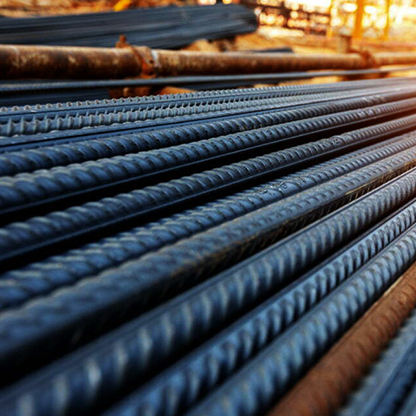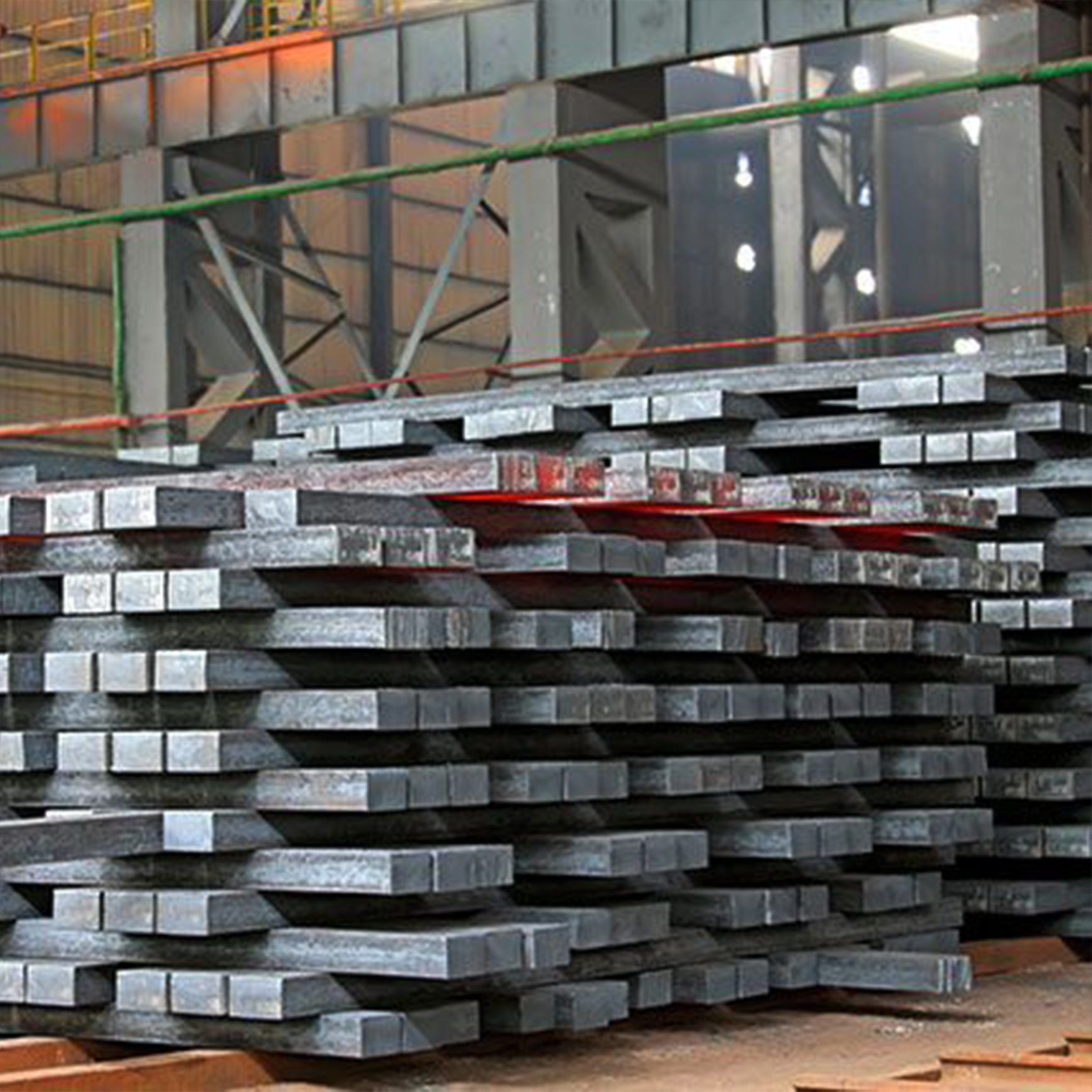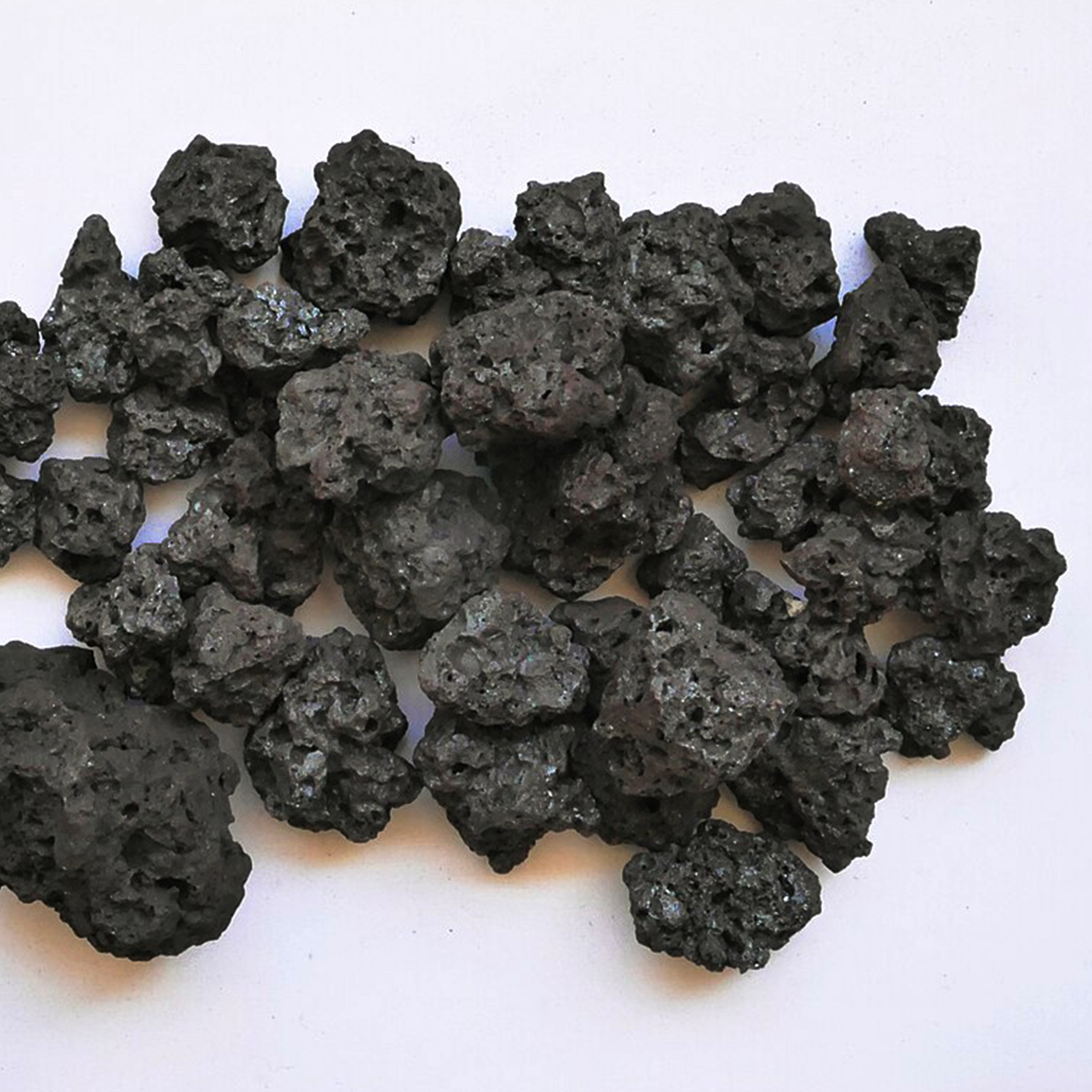Products Partgowal
Steel and Iron Products
Steel and Iron Products
Fe₃O₃- Fe₂O₄

Iron concentrate is a processed product derived from iron ore by removing impurities such as silica, alumina, and sulfur. It contains a high percentage of iron (Fe) and serves as the primary raw material for pellet production and ultimately for crude iron in the steelmaking industry.
Characteristics of Iron Concentrate:
• High iron (Fe) content (typically above 66%)
• Low levels of impurities such as silica (SiO₂) and alumina (Al₂O₃)
• Gray to dark black color
• Defined particle size, compressible
• Suitable for pelletizing
Applications of Iron Concentrate:
• Production of iron pellets for use in blast furnaces or direct reduction
• Primary raw material for steelmaking
• Production of pig iron
• Use in foundry industries
• Export for global steel manufacturers
Cast Iron Ingot
Fe + C (2% to 4%) + Si, Mn, P, S

Cast iron ingot is a semi-finished metallic product obtained by remelting iron ore or scrap iron with carbon and other alloying elements. It serves as the raw material for manufacturing industrial cast iron components across various industries.
Characteristics of Cast Iron Ingot:
• High carbon content (between 2% and 4%)
• High hardness and wear resistance
• Excellent fluidity during casting
• Good resistance to wear and corrosion
• Relatively brittle (compared to steel)
Applications of Cast Iron Ingot:
• Manufacturing automotive parts (e.g., brake discs, engine cylinders)
• Production of industrial components (e.g., valves, pump housings)
• Kitchenware manufacturing (e.g., stoves, cast iron pots)
• Fabrication of heavy machinery parts and mining equipment
Rebar
Fe (Iron) + C, Mn, Si, S, P

Rebar, or reinforcing bar, is a steel rod with a plain or ribbed surface used to enhance the tensile strength of concrete structures. While concrete is strong in compression, it is weak in tension; rebar compensates for this deficiency.
Characteristics of Rebar:
• High tensile strength
• Good flexibility
• Excellent adhesion with concrete (especially in ribbed bars)
• Corrosion resistance (in galvanized or stainless types)
• Weldable and bendable in certain grades
Applications of Rebar:
• Construction of various concrete structures (buildings, bridges, dams, tunnels)
• Reinforcement of concrete floors and walls
• Manufacturing of precast concrete components
• Construction of earthquake-resistant steel frames
• Major infrastructure projects (e.g., metro, railways)
Billet
Fe (Iron) +C, Mn, Si, S, and P

A billet is a semi-finished steel product with a square cross-section and relatively small dimensions. It is primarily used for rolling into rebars, I-beams, wire rods, and other steel profiles.
Characteristics of Billet:
• Uniform structure and high metallurgical quality
• Good mechanical strength and toughness
• Suitable for hot and cold rolling processes
• Excellent weldability and machinability
• Resistance to cracking
Applications of Billet:
• Production of construction rebar
• Manufacturing of I-beams, angles, and channels
• Production of steel wires and cables
• Manufacturing components for machinery and steel structures
Agglomerate
Fe₂O₃

Agglomerate refers to porous masses made from fine mineral particles (primarily iron ore) that are bonded together through the agglomeration (sintering) process involving heat or pressure. The purpose of agglomerate production is to improve the quality of feedstock for blast furnaces in crude iron production.
Characteristics of Agglomerate:
• Increased porosity compared to raw iron ore
• More uniform particle size distribution
• Improved reducibility in blast furnaces
• Reduction of dust during melting processes
• Resistant to breakage during handling and transportation
Applications of Agglomerate:
• Main feedstock for blast furnaces in crude iron production
• Enhancing furnace efficiency
• Reducing coke consumption in blast furnaces
• Optimizing the quality and composition of exhaust gases in furnaces
